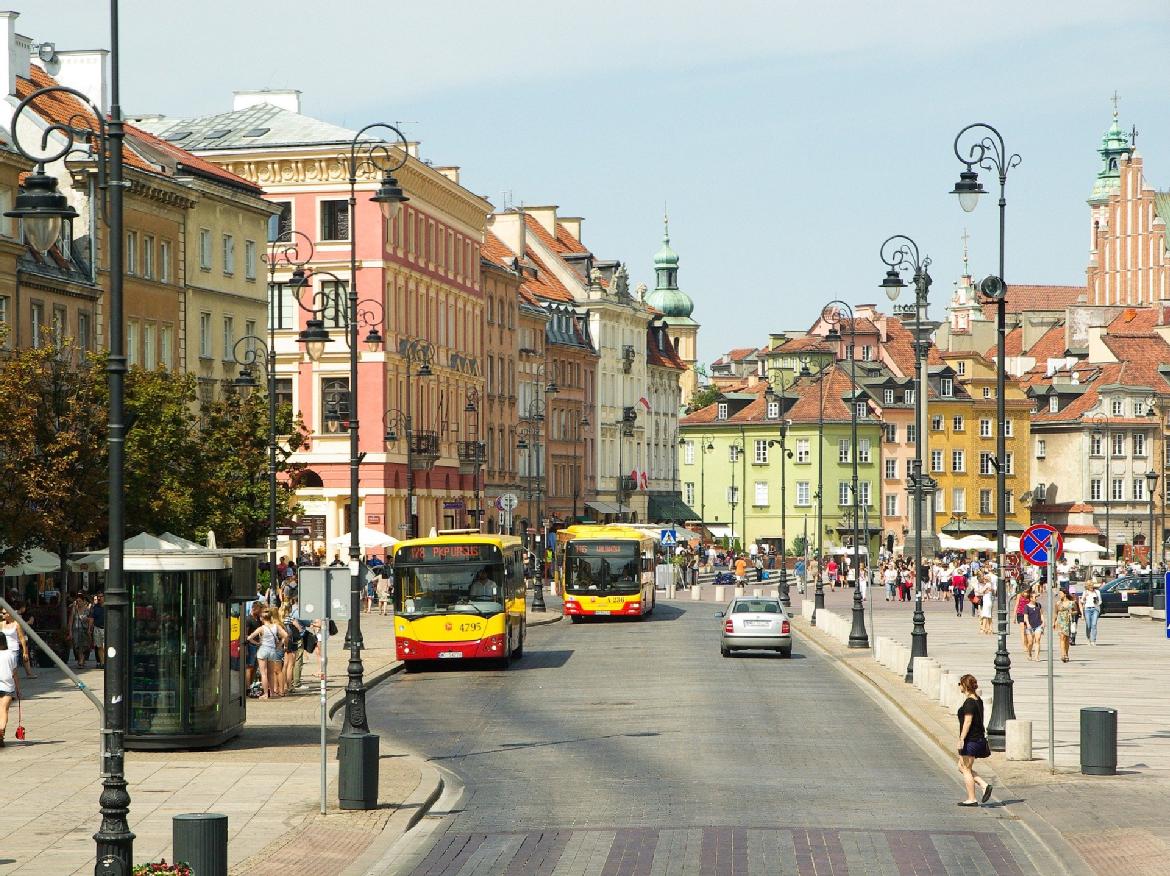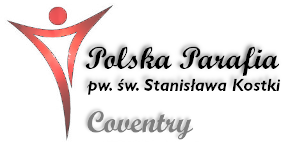Warsaw
Warsaw is twinned with many other cities (26 at last count) but first for twinning was Coventry in 1957. The impetus, as common in this first phase of twinning, was an awareness of the shared experience of destruction during the second world war. This was allied with a concern that relationships between cities in East and West Europe were becoming increasingly strained in the Cold War.

Warsaw, Old town
The second world war was a particularly brutal time for Poland and for Warsaw. Under German occupation Warsaw's very large Jewish population – several hundred thousand - was penned into the Warsaw Ghetto, a cramped and highly controlled sector of the city. Many were sent to extermination camps or starved. In 1943 Hitler ordered the 'Final Solution', and although Jewish fighters held out for some time, almost all Jews in the Ghetto were massacred. A later uprising was equally brutal. This was an attempt by the Polish resistance to liberate Warsaw before the Red Army arrived. The German response was severe; the number of civilian deaths was estimated at between 150,000 and 200,000 and the city was destroyed. Soon after, the Soviet army liberated (or took over) Warsaw and a post-war communist regime was later installed. Poland was the first of the eastern block countries to break free of the Soviet controlled system with new elections in 1989.
Warsaw and Coventry
Links between Poland and Britain became strong in the second world war when large numbers of Poles came to Britain. Many joined the Free Polish Forces or volunteered for British armed services, for example over a hundred of the 3,000 or so pilots fighting the Battle of Britain were Polish. After the war, ex-servicemen and their families, as well as wartime refugees, decided to stay in cities in Britain, including Coventry, sensing that their own country had de facto come under Soviet control. In fact, Coventry was known to British based Poles as Polish airmen were trained at Bramcote airbase (now Gamecock Barracks), north of Coventry.
More recently, many Poles came to Britain when Poland joined the EU on 1 May 2004 and gained the right to freedom of movement, though this became less attractive as the economy, wages and employment grew in Poland.
Polish cultural and social organisations have long been established in Coventry and have contributed to the life of the city. The Stanislaw Kostka Polish Roman Catholic Church can be found in Springfield road, just north of the city centre. It was opened in 1961 and was the first purpose-built Polish Catholic Church in England. On the same road there is a nearby Polish community centre. Meanwhile, the Polish Saturday School in Coventry is one of the oldest Polish schools in England (it celebrated its 60th birthday in 2013) and supports young people accessing Polish culture and language. It is based in Bishop Ullathorne School.
There is a thriving Polish choir called Senza Nome in Coventry. The choir started small but now has some 20 voices. It organises concerts across the city and beyond. Senza Nome has represented the Polish community in Coventry at the annual International Choir Festival in Koszalin Poland and has hosted choirs visiting from Poland. Senza Nome is based in the Polish Community Centre in Springfield Road, and welcomes new members of all levels of musical ability and experience.
Warsaw is today a modern capital city with a restored architecture and diverse cultural offering. Visitors can find out more at tourist information here.



